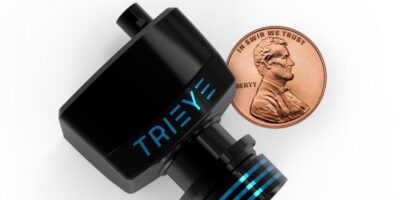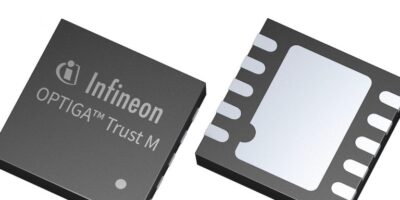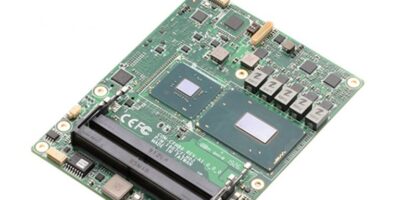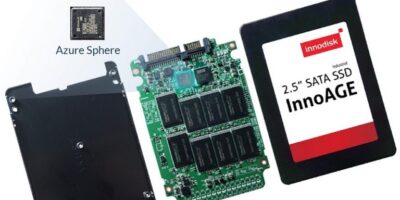Israeli startup TriEye, whose Short-Wave-Infra-Red (SWIR) sensing technology enables vision in adverse weather and night-time conditions, has expanded its Series A round to $19 million with an investment from the German sports car manufacturer Porsche. The additional funding will be used for ongoing product development and operations, as well as team growth.
In May 2019, TriEye announced a Series A funding round, led by Intel Capital. Other investors in the round include Marius Nacht and TriEye’s existing investor Grove Ventures. Since its inception, TriEye has raised $22 million, including a seed investment of $3 million led by Grove Ventures in November 2017.
Porsche Ventures seeks strategic investments in business models relating to customer experience, mobility and digital lifestyle, as well as in future technologies such as artificial intelligence, blockchain and virtual and augmented reality. Through its venture capital activities, the sports car manufacturer Porsche invests in new companies that are in the early and growth phases.
TriEye was founded in 2017 by Avi Bakal (CEO), Omer Kapach (VP R&D) and Prof. Uriel Levy (CTO), after nearly a decade of advanced nanophotonics research by Prof. Levy at the Hebrew University in Jerusalem. The company has succeeded in developing an HD SWIR camera that is a smaller size, higher resolution, and a fraction of the price of current technologies. TriEye already succeeded in proving that the technology works and can be mass-produced.
The company’s CMOS-based Raven camera, whose initial samples are due to launch in 2020, is designed to save lives on the roads. Once integrated, the camera will allow ADAS and AV to achieve unprecedented vision capabilities under common adverse weather and low-light conditions such as fog, dust or night-time.
As ADAS systems are expected to operate under a wider range of scenarios, car manufacturers and their suppliers (OEMs and Tier 1s) are realizing that SWIR plays a key role in ADAS and AV sensor fusion in order to achieve full visibility under any weather or lighting conditions. Driving tests and research have shown that even when fusing other sensing solutions such as radar, lidar, and standard cameras, the fusion solution fails in solving the low visibility challenge.
“TriEye is a promising technology company led by an exceptionally strong team with experience in the areas of nanophotonics, deep learning, and the development of semiconductor components,” says Michael Steiner, Member of the Executive Board for Research and Development at Porsche. “We see great potential in this sensor technology that paves the way for the next generation of driver assistance systems and autonomous driving functions. SWIR can be a key element: it offers enhanced safety at a competitive price.”
Avi Bakal, CEO and Co-founder of TriEye, commented: “Our mission is to save lives and reduce risks of accidents in all weather and lighting conditions. The expansion of our Series A round and the addition of Porsche as a strategic investor further proves that SWIR is a critical component in the necessary sensor fusion solution to enable safer and better ADAS and AV.”
TriEye is expected to exhibit at the IAA Conference in Frankfurt from September 11th-13th, as well as the AutoSens conference, due to take place on September 17th-19th in Brussels.







